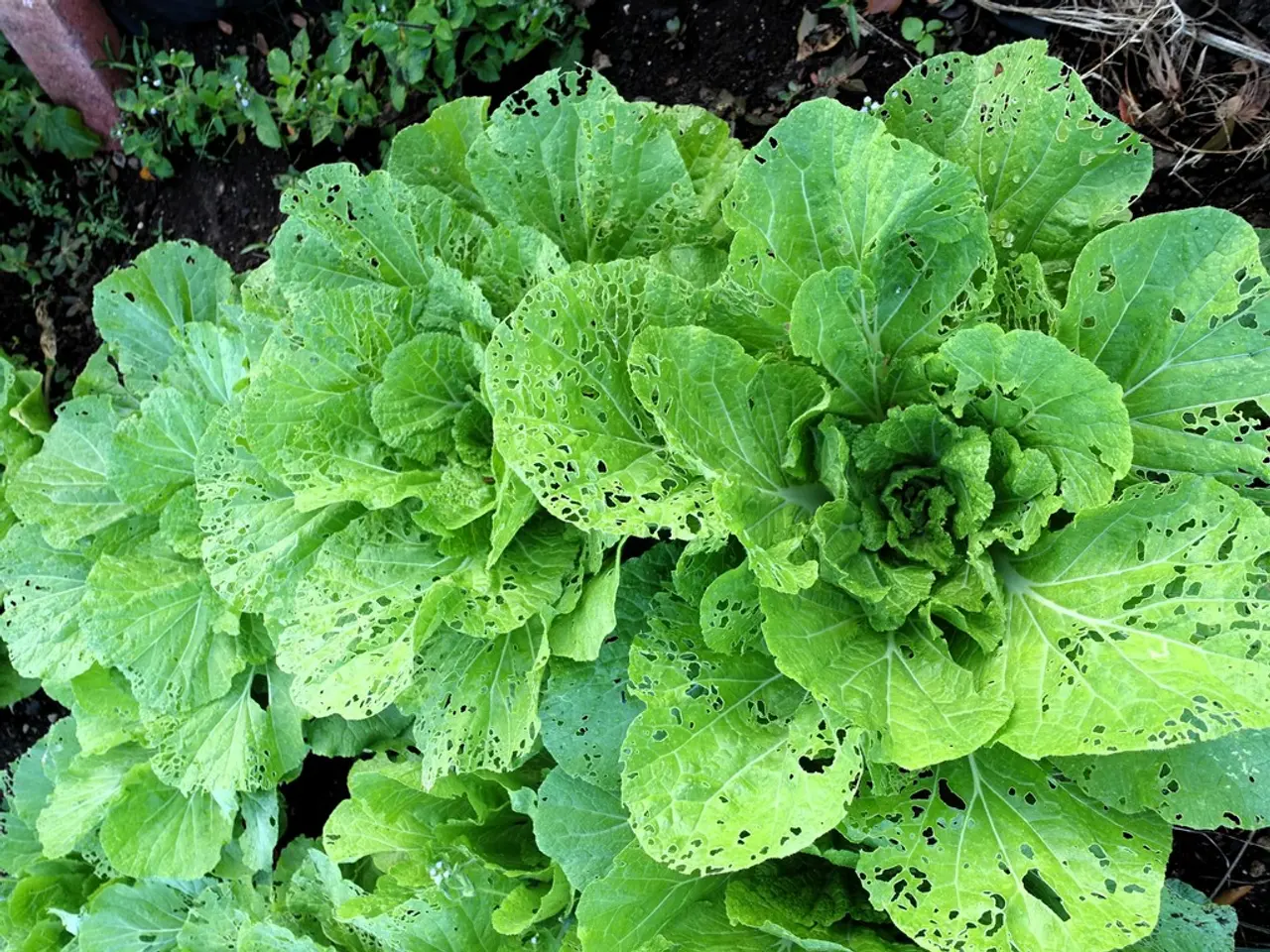Investigating the Impact of Hair on Indoor Flora Growth
Human hair, often considered a waste product, can be repurposed as a useful natural fertilizer and pest deterrent for both houseplants and gardens. This unconventional gardening practice offers several benefits, although it's essential to understand its limitations.
## Fertilizer Effectiveness
Rich in essential nutrients such as nitrogen, phosphorus, potassium, magnesium, carbon, oxygen, hydrogen, sulfur, and keratin, human hair can contribute significantly to plant growth [1][3]. Nitrogen, a key nutrient for plant development, is particularly abundant in human hair, promoting leaf growth and overall health.
To make the most of this resource, hair can be added directly to the soil or incorporated into a compost pile. As it breaks down slowly, it provides a steady release of nutrients, acting as a long-term fertilizer [1]. The practice of using hair as fertilizer dates back to the 1850s, where it was used in organic gardening for its nitrogen content [3].
## Pest Deterrent Effectiveness
While human hair is not primarily known as a pest deterrent, it can help in retaining soil moisture or repel pests due to its texture and presence around plants. However, for effective pest control, other natural methods like diatomaceous earth (a powder made from fossilized diatoms that dehydrates pests) are more commonly recommended [2].
## Water Retention
Human hair can also help retain moisture in the soil, acting as a natural sponge and reducing water loss [5]. In drought-hit areas, mats of hair are used to line the base of plants, helping to lock in moisture and support plant health.
## Soil Improvement
Hair mulch improves soil structure by creating a strong, net-like structure that gives roots something to cling to, making it difficult for weeds to push through. It also helps bind the soil together without packing it, improving drainage and resisting erosion [4].
## Conclusion
Using human hair as a natural fertilizer can support sustainable gardening practices due to its nitrogen content and ability to retain moisture. While it may not be the best pest deterrent compared to other products, its use can still contribute to soil health and moisture retention. As with any organic amendment, it's best used in combination with other gardening strategies for optimal results.
It's important to ensure the hair is clean and free of chemical treatments such as dyes or permanents before using it as a fertilizer. Hair clippings from haircuts or local hair salon trimmings can be collected and used for this purpose. With a little creativity and eco-friendly thinking, human hair can be transformed from waste into a valuable resource for gardening.
[1] "The Use of Human Hair as a Soil Amendment." Organic Life, 2021. [2] "Diatomaceous Earth: A Natural Solution for Pest Control." Gardening Know How, 2021. [3] "The History of Using Human Hair as a Fertilizer." The Spruce, 2021. [4] "The Benefits of Using Hair as Mulch." Eco-Friendly Gardener, 2021. [5] "Human Hair as a Water Retention Solution in Drought-Hit Areas." The Drought Journal, 2021.
Gardening with human hair can be an innovative addition to a home-and-garden lifestyle, offering long-term fertilization due to its rich nutrient content, particularly nitrogen, which promotes plant health. Furthermore, the unique texture of human hair may help retain soil moisture, acting as a natural water reservoir.




